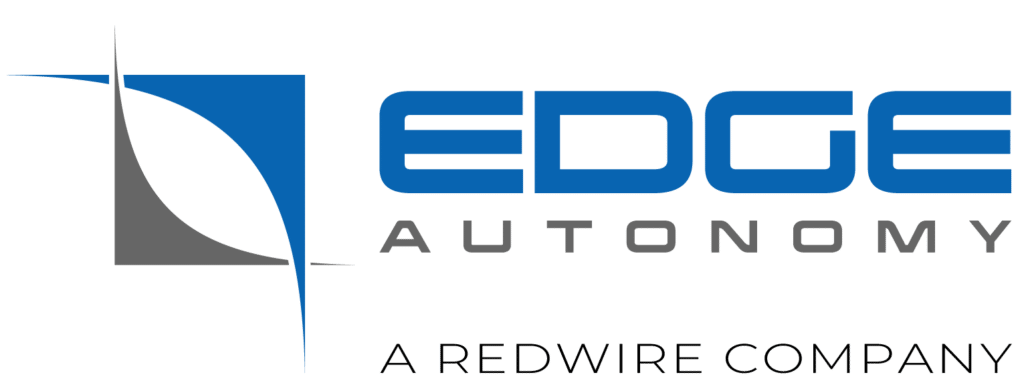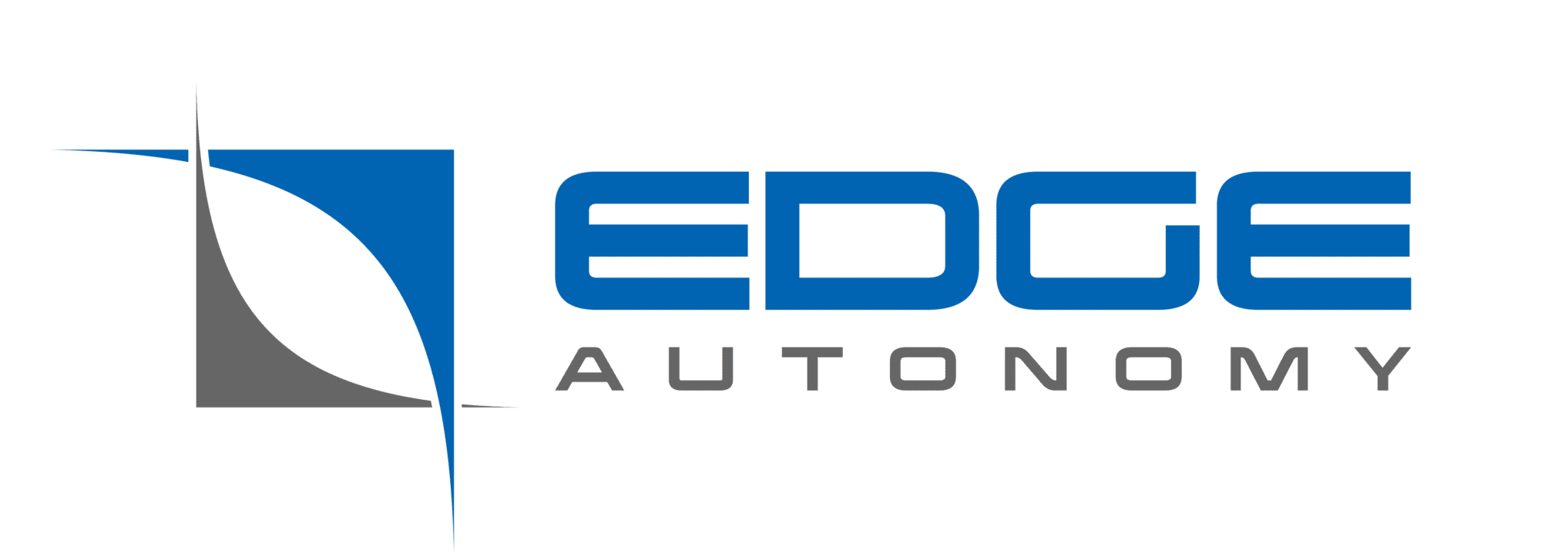“NOTE: In August 2022, Adaptive Energy LLC was acquired by Edge Autonomy.”
Adaptive Energy Wins United States Army Technology Transfer Contract to Develop Hand-Carried Solid Oxide Fuel Cell Power Solution
ANN ARBOR, Mich. – Adaptive Energy, LLC, the leading developer of solid oxide fuel cells (SOFC) for low-watt backup, offgrid and portable power, today announced that it has been awarded a Phase II grant from the Army Small Business Technology Transfer (STTR) program. Based in Ann Arbor, Michigan, Adaptive Energy will use the $1.1 million award to develop a next-generation SOFC that is highly portable.
“We are singularly focused on commercializing SOFC technology to bring powerful, robust solutions to market,” said Michael Edison, chief executive officer of Adaptive Energy. “Our customers, including several federal agencies, depend on our high power-to-weight products for critical missions. It is an honor to partner with the United States Army to further our research and development efforts.”
The STTR Program aligns innovative small businesses with cutting-edge technologies from universities and other research institutions to enable the U.S. Army to excel even in the most remote and harsh environments. The highly competitive Phase II award is focused on the development, demonstration and delivery of an innovation from Phase I.
“Our Phase I research demonstrated that our microtubular SOFC technology can be applied to solve the Army’s energy needs in a weight-conscious manner,” said Tom Westrich, Ph.D., chief technology officer and head of engineering at Adaptive Energy. “We took the lab research a step further and built a demonstration system to highlight the SOFC technology’s potential in the field. The resulting designs and prototypes reinforced that Adaptive Energy is able to provide innovative, durable power generators to the Army.”
This new 1kW SOFC system will be light enough to be hand-carried, offering 20 hours of power for a standard 72-hour mission. Currently, this need is filled with either heavy batteries or loud internal combustion generators, which can be liabilities on missions that require soldiers to move quickly and silently. An SOFC-based solution enables quiet, low-weight power generation in critical situations.
To achieve this high level of portability, Adaptive Energy will collaborate with the Colorado School of Mines (CSM) to optimize the SOFC power-to-weight ratio using advanced thermodynamic and electrochemical modeling. Additionally, the Colorado Fuel Cell Center at CSM will contribute expertise to improve fuel cell longevity without compromising performance.
“The research team at the Colorado Fuel Cell Center is delighted to work with our commercial partner, Adaptive Energy, in moving fuel cell and electrolyzer technologies forward to address our nation’s energy needs,” said Neal Sullivan, associate professor and director of the Colorado Fuel Cell Center. “The rapid innovation and creativity of Adaptive Energy is inspirational for the students, faculty and staff at Colorado School of Mines. We look forward to extending this Phase I technical progress to meet the needs of the U.S. Army in the Phase II program.”
Adaptive Energy plans to commercialize the research that comes out of this Phase II contract, applying it to all existing commercially available SOFC products and offering it across industries and for current customers, including U.S. Customs and Border Protection, Federal Aviation Administration and the USDA Forest Service.
ABOUT ADAPTIVE ENERGY
Adaptive Energy is the world’s leading designer and manufacturer of SOFC for low-watt backup, offgrid and portable power. Based in Ann Arbor, Michigan, the company originates out of technology developed at the University of Michigan in 1999 and now has more than 1,200 SOFC systems deployed, $80M invested in R&D and 12 active patents. Customers around the world rely on Adaptive Energy’s resilient, rugged and flexible energy solutions, which are made possible through its innovative microtubular technology. These low-carbon SOFC products — fueled by propane and natural gas — are used in telecommunications, security, transportation, oil/gas pipeline and military applications.
ABOUT COLORADO SCHOOL OF MINES
The Colorado Fuel Cell Center at Colorado School of Mines develops electrochemical devices to address our nation’s needs in electricity generation and energy storage. Batteries, fuel cells, electrolyzers and membrane reactors are all active topics of research and development. The Colorado Fuel Cell Center draws from faculty in a number of complementary disciplines to bring diverse perspectives to the field and create a comprehensive research portfolio. Active departments include Mechanical Engineering , Electrical Engineering, Metallurgical and Materials Engineering, Materials Science and Chemical and Biological Engineering.

